WORDS
that Touch
How to Ask Questions
Your Body Can Answer
12 ESSENTIAL CLEAN QUESTIONS
FOR MIND/BODY THERAPISTS
NICK POLE
ILLUSTRATIONS BY SOPHIE STANDING

LONDON AND PHILADELPHIA
To the memory of my dad, historian Jack Pole,
who liked to quote Ecclesiastes 12:12 :
by these, my son, be admonished: of making many books
there is no end, and much study is a weariness of the flesh.
CONTENTS
PART 1
THE BASICS
 1
1 
A LONG WAY FROM YOURSELF
My Japanese shiatsu teacher never said much when I went to see him for a treatment. He would simply give me a cheerful smile and wave at the mat. The message could not have been clearer: Words are not important here. What he did, how he listened, inquired, suggested or questioned, he did in silence. The qualities of his presence, warmth and total attention made a session with him seem more like a tea ceremony performed through touch than the normal mixture of detailed questioning and advice-giving I was used to in most forms of bodywork. Sometimes at the end he would smile again and ask, Did you enjoy the treatment? I never knew what to say to that, since entertainment wasnt what I thought Id come for, and anyway, it seemed like his way of discouraging any attempt to think about or analyse what had happened in the session.
Then one evening, my treatment was the last one of his long day and afterwards he invited me to sit down with him while he relaxed. He poured me a glass of wine, and one for himself, and after a bit of talk of other things, fixed me with a friendly but frighteningly penetrating gaze and said, You are a long way from yourself. It took me by surprise; I felt confused. I probably nodded; perhaps I managed a wry smile and pretended to know exactly what he meant. I do remember a defiant little voice inside me wanting to say, Thats what you think! Even then I was a keen student of how language can be integrated with bodywork to help the client make some sense of what they experience in a session, and the words hed offered me broke all the rules. They werent framed as a question, they had no relation to anything Id said to him, they were his opinion, not mine, and they certainly invited no reply. At least, I couldnt think of one at the time.
At another level, of course, he was absolutely right. It took me maybe 15 years to find the self that he was talking about, the self that cared enough about the possibilities of integrating language with bodywork to eventually get this book into your hands. But I still wonder what might have happened if, instead of just leaving me with a koan, a conundrum, he had asked me a few simple questions, with that same gentle, compassionate, demanding curiosity his hands conveyed through touch a few simple questions that might have given my stubborn mind some sense of the self I was so far away from.
When I first discovered Clean Language, I was struck by the way it seemed to do with words what he could do with touch. There is something very Japanese, very Zen, about it, about the way, by using the fewest and simplest words, it can create the potential for profound change. Clients not only experience real insights, they also feel the somatic shifts that show that insight has been embodied and embedded. And there is the same deep respect for empty space, a listening clarity that doesnt interfere, which simply waits to be met. My teachers way of working with the body was usually very gentle but it could also sometimes be energetic, emphatic more Aikido then tea ceremony but it never seemed imposed on you. It came from a simple willingness to sit, to respect the other persons space, to leave a kind of a stillness in which the slightest ripple might be the start of a whole process. Clean Language seemed to mirror all this by keeping formal structure and technique to an absolute minimum. In fact, it seemed the perfect complement to my teachers way of working with the body, since both methods seemed to allow as pure as possible a response to what was really coming from the client.
VERBAL MIND AND BODYMIND
When I started to integrate Clean Language with bodywork, this opened up a very special possibility. Any bodywork therapist knows how hard it is to describe in words what we actually do: what its really like to engage with another persons physical being and perhaps all the rest of their being, with movement or touch. And for most of our clients too its just as challenging to find words for their experience of that. One reason for this is that the parts of the brain that are most directly involved in processing language do not find it easy to communicate with the parts of the brain that give us our somatic sense of self. Both sides of the brain are involved in each of these functions, of course, but there is a growing consensus among neuroscientists interested in mindfulness and the mind/body connection that what I will call the verbal mind lives mostly in the left hemisphere, while the right hemisphere has much more direct access to that somatic sense of self which I will call the bodymind. Though I can only put this in a very simplified way (and one that would make any self-respecting neuroscientist cringe), research that you can read more about in Part 2 suggests these two kinds of mind communicate in very different ways and have very different priorities. As far as the verbal mind is concerned, feelings dont really exist until they have a name, some kind of label by which they can be recognised and fitted into an existing structure. But for the bodymind, those labels can often seem like an attempt to close down any real dialogue between conceptual knowledge and felt experience. To call a knee pain arthritis, or a chronic gut problem irritable bowel, may be medically accurate but doesnt help the client to connect with their knee or their gut in any healing way; in fact it tends to cut off communication with the symptoms and sensations which are the native language of the body.
When we ask Clean questions, the opposite happens. By focusing attention on a symptom, and by asking the kind of questions that we do, the body begins to sense that it is being listened to in an entirely different way, perhaps in a way that it has never experienced before. Because Clean questions make no judgements and bring an absolute minimum of presupposition to the dialogue, they leave room for all the subtlety and ambiguity which is a natural part of how our bodies process information and communicate. The normally dominant verbal mind, with its tendency to think of the body simply as a machine made up of individual parts, can easily become impatient with this. It prefers to use language as a way to categorise than to connect, language that takes the client away from their direct experience of the body. Clean Language, on the other hand, brings the spotlight of attention to the very simplest elements of experience, the ones that are hidden most of the time by the artificial complexities that the verbal mind is constantly trying to create.
Using words in this way offers me a way to interact with my clients at almost the same level as I would by using touch. At the same time, it involves the client in the process and brings their body into the conversation as an equal partner. This means that when we arrive at a point where the client feels ready to begin the bodywork, there is already a triangle of trust between their verbal mind, their bodymind and me. For me as the practitioner, that trust gives the work a truly enjoyable depth and flow, a flow that comes from somewhere my verbal mind has almost no connection with.
Next page
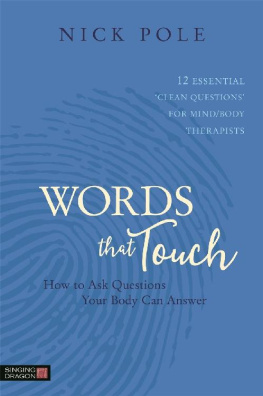
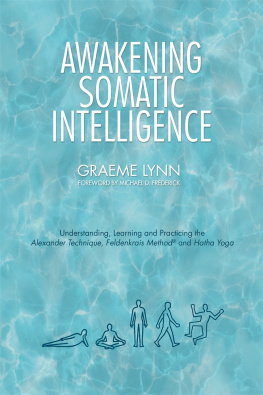
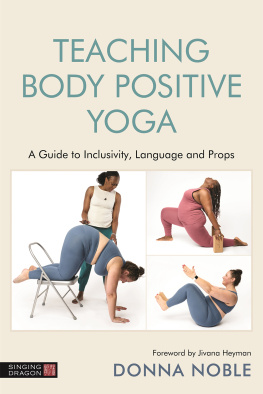


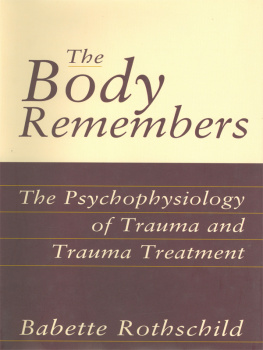
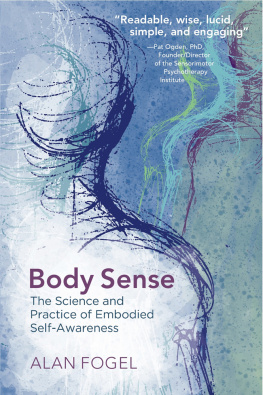
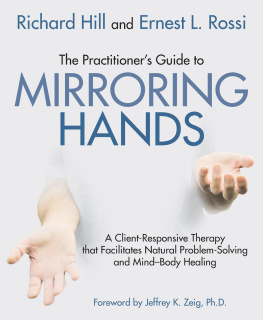
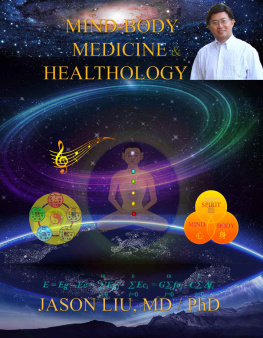

 1
1 